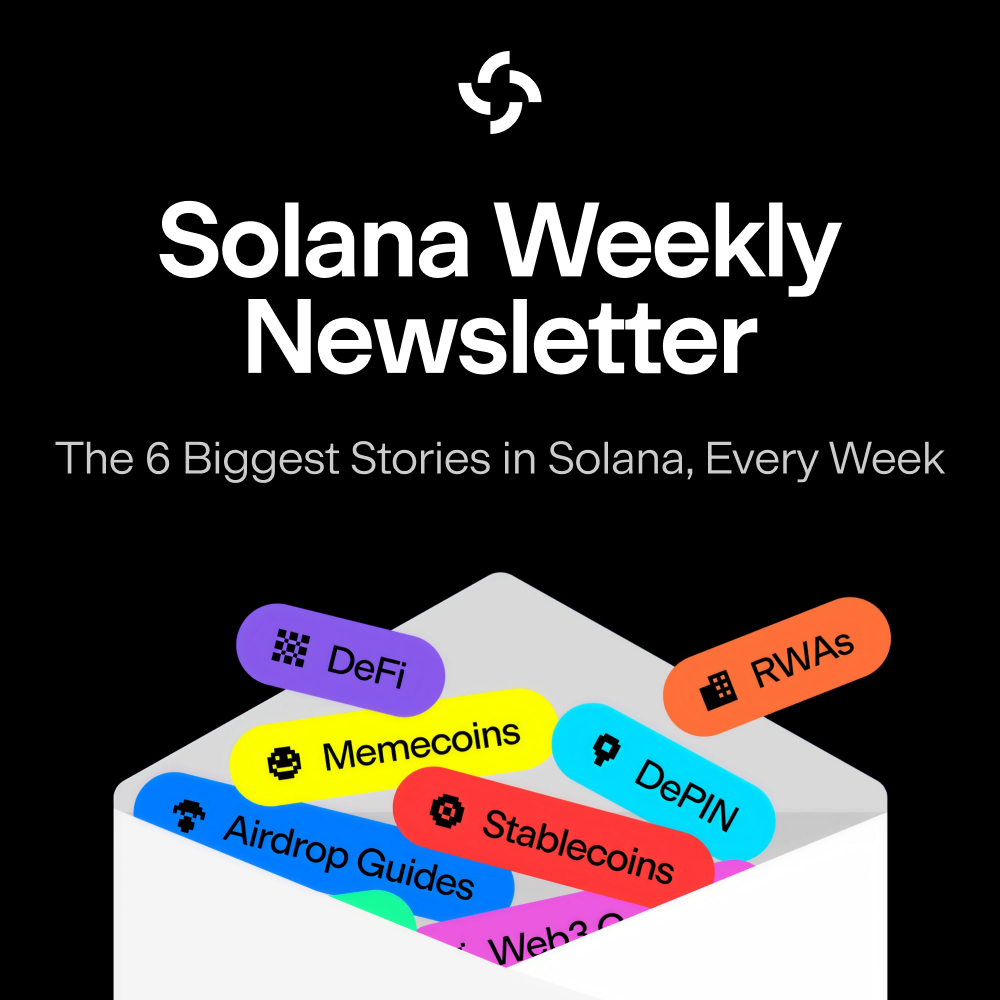
How cNFTs Revolutionize Distribution Models for Solana
cNFTs on Solana are revolutionizing the NFT landscape, shifting from exclusivity to mass accessibility. Tensor's co-founders emphasize cNFTs' low minting cost, opening vast distribution avenues and promising a more inclusive future for digital assets.
- Published:
- Edited:
The meteoric rise of Non-Fungible Tokens (NFTs) has long been dominated by stories of mega-rich crypto enthusiasts purchasing unique digital assets for eye-watering sums. But with the advent of compressed NFTs (cNFTs), a seismic shift is unfolding in the NFT landscape, pushing the narrative from exclusivity to inclusivity according to a recent article by BlockFi.
The co-founders of the Solana-based NFT market, Tensor, Ilja Moisejevs and Richard Wu, recently spoke on the Lightspeed podcast about the potential of this groundbreaking technology. In their discussion, they elaborated on the transformation cNFTs bring, focusing primarily on making NFT distribution more cost-effective and therefore more accessible to the masses.
Understanding Compressed NFTs
As outlined on Solana’s official website, a cNFT employs "state compression," harnessing the power of Merkle trees to condense the required data into a “hash” or “fingerprint.” This hash is then stored on the Solana ledger. This compression results in a dramatic reduction in the cost associated with minting an NFT.
"It’s the cheapest possible way in crypto to create an NFT,” Moisejevs pointed out. The essence of consumer behavior hinges largely on cost. When services or assets become more affordable, their uptake rises exponentially. By reducing the minting costs of NFTs, cNFTs introduce a plethora of new distribution avenues, ultimately broadening the market.
The Implications for Consumer Apps
With Tensor leading the charge on cNFT experimentation, both Moisejevs and Wu are bullish on the possibilities. According to Wu, cNFTs will eventually be seamlessly integrated into all crypto consumer applications.
An illustrative example is Dialect, a messaging app that allows users to send and receive collectible NFT stickers. The meager minting cost does not diminish their value due to their limited numbers and tradability. Similarly, Drip Haus manages to airdrop NFTs in huge numbers without incurring enormous costs. This strategy would be financially unfeasible on platforms like Ethereum.
In Wu's view, many applications in the current Web2 framework, which have elements of ownership or collectibles, will eventually adopt cNFTs, driven primarily by the cost factor.
Challenges Ahead
However, the journey of cNFTs is not without hurdles. Moisejevs candidly addressed the technological complexities introduced by compression. A harmonious collaboration between the RPC provider and the app developers is crucial, given the technology's intricate nature.
Wu also raised concerns about the potential for spam due to the low creation cost of cNFTs. Addressing these issues will be a herculean task for platforms like Tensor. They'll have to ensure the efficient indexing of legitimate NFTs while filtering out spam.
A Brighter, Inclusive Future
For Wu, the overarching goal of cNFT technology is market expansion. It's about taking NFTs mainstream and generating genuine interest among the masses. While speculation continues to drive much of the crypto world, the long-term vision should transcend it.
In a nutshell, the introduction of cNFTs on platforms like Solana is laying the foundation for a more inclusive digital asset future, potentially heralding a new era where anyone can participate in the NFT space without breaking the bank.


